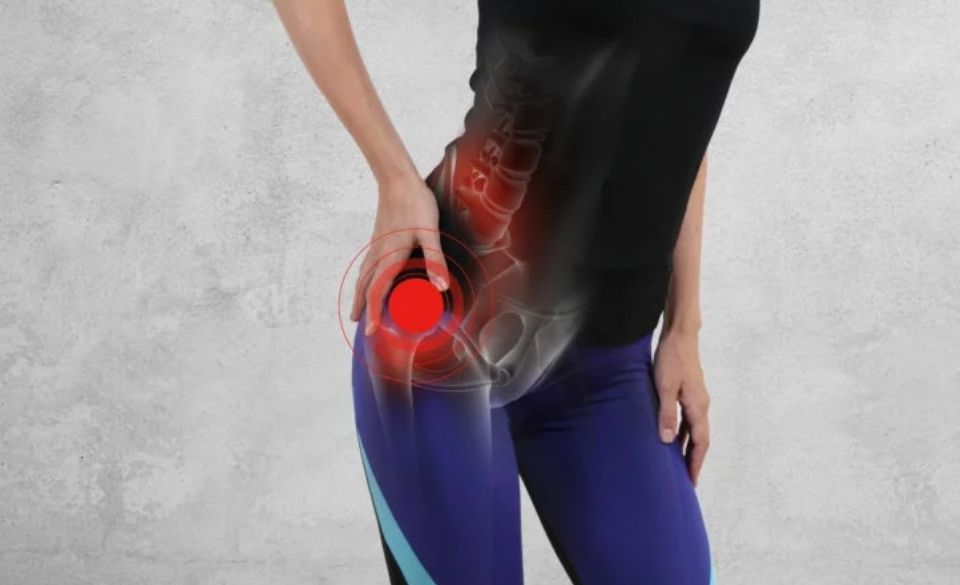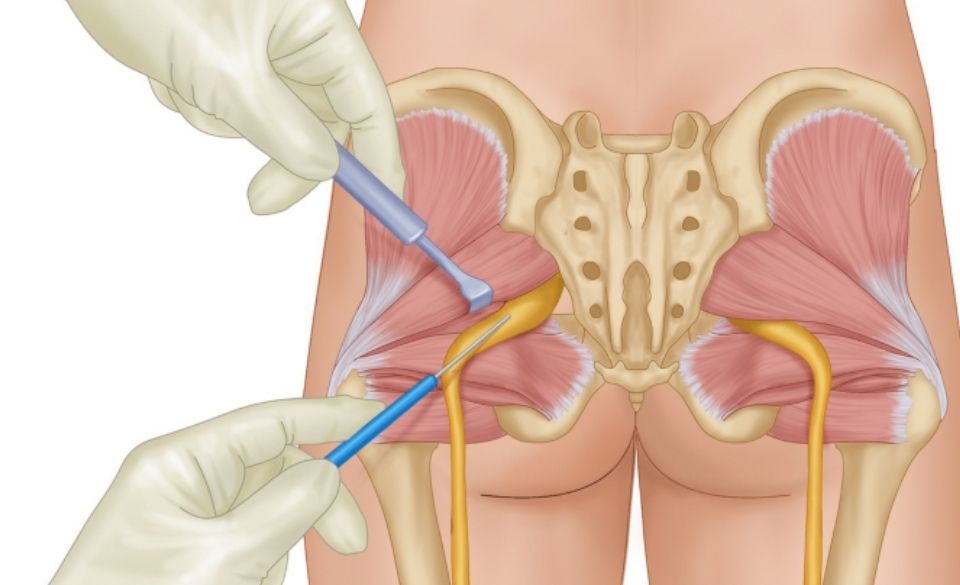
Piriformis Syndrome – Runners Injury Prevention – UPDATED 2022
Page Contents
If you have ever experienced pain or discomfort in the butt during a run, you might be experiencing piriformis syndrome or symptoms of it.
In this article, we discuss some of the causes of piriformis syndrome in runners. As well as treatment and ways you can prevent piriformis syndrome from happening if your a runner.
So if you have ever experienced this type of injury before, keep reading.
What is Piriformis Syndrome?
Piriformis syndrome is a condition that affects the piriformis muscle. It causes the muscles to spasm and sometimes contract. Which causes the pain receptors on the sciatic nerve to cause pain.
While it’s not as common as injuries like shin splints, or Plantar fasciitis it is still seen widely across runners.
So what causes Piriformis syndrome in runners?
What is The Piriformis Muscle?
You might be wondering, what is the piriformis muscle, and how can it affect a runner. Well, the piriformis muscle is a triangle-shaped muscle located in the gluteal region, behind the Gluteus Maximus.
The muscle begins on the front of the sacrum and then extends to the greater sciatic foramen. Then attaches to the greater trochanter, which is located on the upper thighbone.
For a runner, the piriformis muscle is in control of many key functions.
For the runner it helps support the pelvis, keeping it stabilized. It also helps with the external rotation of the hips. So, it is important if you are a runner to keep your piriformis muscle strong. As it can a huge role in keeping your hips level while running.
What Causes Piriformis Syndrome?
There are many things that can cause this injury. However, the main causes are usually from:
– Weak glutes and/or hamstrings
– Weakness in the hip muscles
– Overpronation
– Poor running technique
– Prolonged periods of sitting
– Overuse
Since running is a repetitive motion and high impact, it can put excess stress on the piriformis muscle. Causing it to irritate the muscle and slowly break it down.
Over time it can result in pain, discomfort, and injury.
Symptoms Of Piriformis Syndrome
Since piriformis syndrome is hard to diagnose, many runners think it is another form of injury and it is often miss diagnosed. However, there are some key symptoms you should look out for. These include:
– Pain down the back of your thighs
– Sometimes pain in the calf muscles, which may extend to the feet
– Limited range of motion throughout the hip
– Tenderness in the glute muscles (buttocks)
– Pain during landing and take-off
– Pain worsens with prolonged sitting and lying down
Generally, most runners will experience soreness or tightness in and around the hip muscles. Which is often extends to the middle of the buttocks.
Since pain is often felt down the leg it is often misdiagnosed with sciatica. As pain often travels down the leg and sometimes onto the foot.

How to Treat Piriformis Syndrome?
Unfortunately, piriformis syndrome is a condition that can hamper you for weeks and even months. It will often prevent you from running and without adequate rest can prolong your recovery.
So, how should you treat piriformis syndrome?
Well, treatment requires managing the irritated piriformis muscle correctly.
This is usually done through rest and the use of over-the-counter anti-inflammatory medicine. Ice has also been proven to help relieve pain and speed up healing. But, the main treatment is rest, as it will help the muscle recover properly.
However, if you have mild symptoms it is still possible to train, as long as it is pain-free. But, make sure you stay away from intense sessions and long runs, as this will continue to aggravate the muscle and delay the recovery process.
If rest, ice, and anti-inflammatory medicine is not helping, seek medical advice directly. Treatment then may involve an injection of a drug into the muscle, which can help to reduce pain and swelling.
In very rare cases, surgery may be needed. This involves cutting into the muscle and relieving pressure and tension of the muscle. However, this is usually a last resort.
How to Prevent Piriformis Syndrome?
Preventing yourself from overtraining, or a rapid increase in mileage can help prevent the injury. Other things like incorrect footwear and poor running form are other things to look out for. That means, keeping your mileage down, choosing the right running shoes, and staying away from off-cambered running surfaces can all help to prevent the piriformis muscle from being overworked.
Simple things like regular stretching and foam rolling can help prevent irritation of the muscle. It will also cause other muscles to relax and relieve pressure around and to this muscle.

What Else Should You know?
Strength training and running drills can help to strengthen the muscles of the piriformis. Running drills are also a great way to improve running form and relieve any excess load on the piriformis muscle.
Running drills should be performed multiple times per week and be followed by some mobility exercises and stretching. However, if you are new to running drills, start with some basic movements to prevent overloading muscles you haven’t been strengthening before.
Try to also stay away from slanted surfaces, as this plays a large part in pelvic misalignment, which can cause symptoms in not just the piriformis region.
Most people should be able to return to running in a few weeks without much loss of fitness. However, if you try to push through the injury you might put yourself out for months. So, take your time coming back to running and keep your stretching and strength training routine up once the injury has healed. Your body will thank you for it in the long term.



